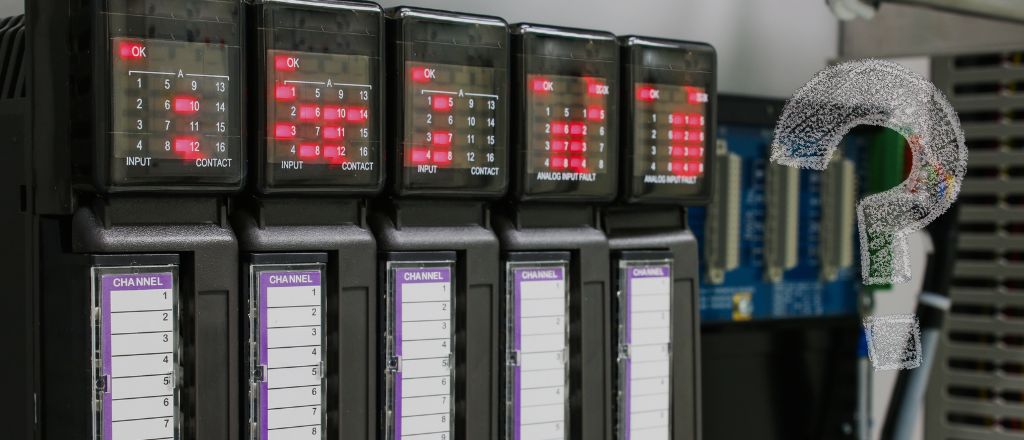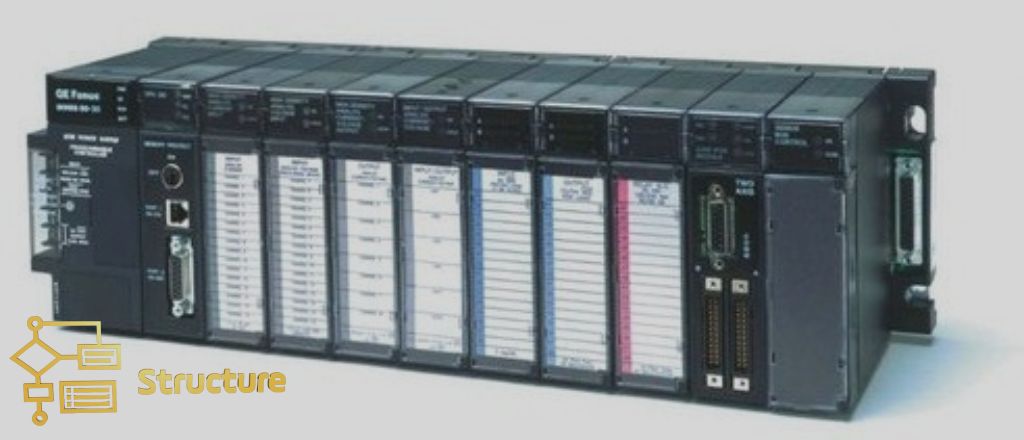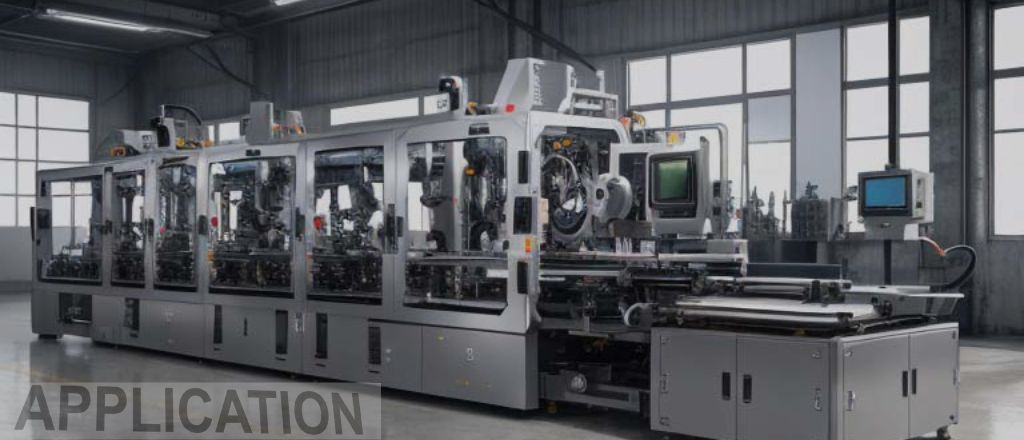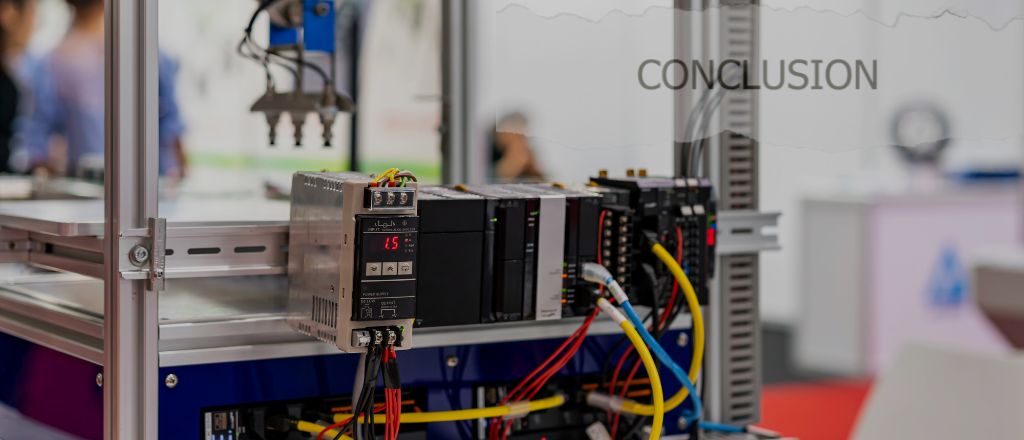A Programmable Logic Controller (PLC) is a digital computer used for automating industrial processes. It works by receiving inputs from sensors, executing programmed logic, and controlling outputs like machinery and equipment.
PLC Programmable Logic Controllers (PLCs) have revolutionized the automation industry by providing a reliable, flexible, and efficient way to control industrial processes. These devices are the backbone of modern automation systems, seamlessly integrating with manufacturing equipment to improve productivity and reduce errors. With their advanced features and extensive range of applications, PLCs are indispensable for industries aiming to streamline operations and enhance system reliability.
PLC Programmable Logic Controller Key Features and How It Works

PLCs are specialized computing devices designed to perform control functions in industrial and commercial environments. Unlike general-purpose computers, engineers design PLCs to operate in rugged conditions, handle real-time processes, and simplify programming for automation tasks. Let’s explore their defining characteristics.
The Flexibility of PLCs in Automation
One of the standout features of PLCs is their unparalleled flexibility. They accommodate various input and output devices, allowing them to adapt to multiple automation needs. Engineers can easily reprogram PLCs to adjust to changing production requirements, reducing downtime and costs.
For instance, a single PLC can simultaneously manage conveyor belts, robotic arms, and temperature sensors. As industries evolve, this adaptability ensures that PLCs remain relevant, enabling companies to expand operations without overhauling control systems.
Advantages of Programmable Logic Controllers in Automation
PLCs offer numerous advantages that set them apart from traditional control systems:
- Reliability: Manufacturers design PLCs to withstand harsh environments, including extreme temperatures, humidity, and electrical interference.
- Real-time Processing: They execute tasks with minimal latency, ensuring accurate and immediate responses to input signals.
- Scalability: Whether controlling a single machine or an entire assembly line, PLCs can scale to meet the demands of any system.
- User-friendly Programming: Ladder logic and other programming languages used in PLCs are intuitive, making them accessible to engineers and technicians.
- Cost-effectiveness: By integrating multiple functions into a single device, PLCs reduce the need for complex wiring and additional hardware.
Components and Architecture of PLC Programmable Logic Controllers

Understanding the components and architecture of a PLC is crucial for appreciating how these devices perform their functions efficiently. Their modular design ensures simplicity, flexibility, and ease of maintenance.
Integration of PLC and Programmable Logic Functions
PLCs seamlessly integrate programmable logic functions with their hardware, creating a versatile automation solution. The programmable aspect allows users to design and implement complex control strategies without requiring additional hardware modifications. This integration ensures that PLCs can execute logical operations, arithmetic calculations, and process control tasks with precision.
For example, a PLC monitors a series of sensors, makes decisions based on predefined logic, and triggers specific actions like starting a motor or opening a valve. This integration enables real-time decision-making, reducing reliance on human intervention.
The Role of CPU and Memory in PLCs
The Central Processing Unit (CPU) serves as the brain of the PLC. It processes inputs, executes user-defined programs, and controls outputs. The CPU operates on a scan cycle, sequentially reads input data, processes the logic program, and updates outputs. This continuous loop ensures timely responses to changes in the system.
A PLC organizes its memory into several categories:
- System Memory: Stores the firmware and operating system.
- User Memory: Holds the application programs created by users.
- Data Memory: Temporary storage for variables and intermediate calculations during program execution.
This structured approach to memory ensures efficient program execution and data handling, contributing to the overall reliability of the PLC.
Applications of PLC Programmable Logic Controllers

PLCs find applications across various industries due to their adaptability, robustness, and ease of use. From small-scale operations to complex systems, they are indispensable for modern automation.
Use in Automated Manufacturing Systems
In manufacturing, PLCs control machinery, monitor production processes and ensure product quality. They manage tasks such as assembly, packaging, and material handling with unmatched precision. By automating these repetitive tasks, PLCs minimize human errors, enhance efficiency, and improve output consistency.
Consider an automobile assembly line: PLCs synchronize robotic arms, welding machines, and conveyor belts, ensuring seamless coordination. They also integrate with sensors to detect defects, reducing waste and improving overall productivity.
PLCs in Complex Process Control Systems
PLCs are critical in managing complex process control systems in industries like oil and gas, chemical processing, and power generation. These environments require precise monitoring and control of temperature, pressure, and flow rates. PLCs handle such tasks by processing real-time sensor data and executing control strategies accurately.
For instance, in a chemical plant, a PLC can regulate the mixing of raw materials, maintain optimal reaction temperatures, and control the flow of products through pipelines. By ensuring process stability, PLCs enhance safety and efficiency in operations.
Conclusion

PLC Programmable Logic Controllers are at the forefront of industrial automation, offering unparalleled reliability, flexibility, and efficiency. Their modular architecture, robust design, and advanced features make them indispensable in various applications, from manufacturing to complex process control systems. As industries evolve, PLCs will remain a cornerstone of automation, enabling businesses to achieve greater productivity, reduce costs, and maintain competitive edges. Investing in PLC technology is not just a step toward modernization but a leap toward a more efficient and innovative future.
Frequently Asked Questions
A logic controller in a PLC refers to the system that processes input signals based on programmed logic and makes decisions to control outputs, ensuring automation of tasks such as monitoring and controlling machinery.
Learning PLC programming can be straightforward for those with a background in automation or electronics. While it requires understanding of logic and control systems, modern PLCs offer user-friendly interfaces and tools to ease the learning process.
The main purpose of using a PLC is to automate industrial processes, enhancing efficiency, reliability, and precision in controlling machinery and equipment in factories, plants, and other industries.

